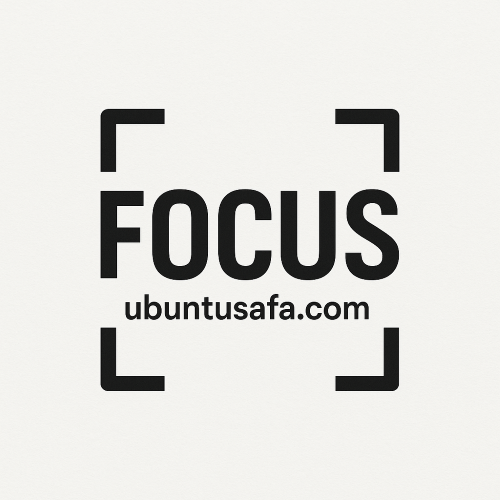Focus on India- Is the Indian Army prepared to handle asymmetric warfare from insurgent and terror groups?

The Indian Army's readiness to handle asymmetric warfare from insurgent and terror groups is a complex issue, shaped by decades of extensive experience, ongoing modernization efforts, and a number of persistent challenges.
Strengths and Experience-
-
Decades of Counter-Insurgency (COIN) Experience: The Indian Army has been engaged in counter-insurgency and counter-terrorism operations for decades, particularly in Jammu and Kashmir and the northeastern states. This has given its soldiers unparalleled experience in jungle warfare, urban combat, and high-altitude operations against a wide range of militant groups. The army has developed a deep understanding of local dynamics, which is crucial for successful COIN operations.
-
Specialized Forces: India has a number of highly trained special forces units, such as the Para (Special Forces), which are specifically tasked with counter-terrorism, direct action, and unconventional warfare. These units have been involved in numerous high-profile operations, including the 2016 surgical strikes across the Line of Control, which showcased their capability to conduct targeted raids and eliminate threats with precision.
-
Technological Integration: The Indian military is increasingly integrating technology to counter the evolving tactics of insurgent groups. This includes the use of nano drones, loitering munitions, and advanced surveillance equipment for reconnaissance and target acquisition. These technologies are being deployed to provide real-time intelligence and enhance the infantry's situational awareness, which is critical in an asymmetric battlespace.
-
Jointness and Coordination: There is a growing emphasis on synergy between the armed forces and other security agencies, like the Central Reserve Police Force (CRPF) and state police. This coordinated approach is essential for intelligence gathering, cordon-and-search operations, and maintaining law and order.
Challenges and Vulnerabilities-
-
Diversion of Resources: Decades of involvement in internal security duties have sometimes diverted the Indian Army's focus and resources from its primary role of conventional warfare. This can affect its training, force structure, and overall readiness for a potential two-front conflict.
-
Adversary Adaptability: Insurgent and terror groups are highly adaptive, constantly changing their tactics to exploit vulnerabilities. They use low-cost, high-impact methods like improvised explosive devices (IEDs), car bombs, and sophisticated communication networks. While the Indian Army has responded with its own technological advancements, it is a continuous challenge to stay ahead of these evolving threats.
-
Civilian-Military Dynamics: A key challenge in COIN is the delicate balance between military operations and the need to "win hearts and minds." Accusations of human rights abuses can alienate the local population and play into the hands of insurgents, who often thrive on public discontent. While the Indian Army has a code of conduct for these operations, maintaining this balance is a perpetual challenge.
-
Information and Cyber Warfare: Insurgent groups are increasingly using social media and other digital platforms for propaganda, recruitment, and radicalization. This "grey zone" warfare is a significant challenge for the Indian Army, which needs to enhance its capabilities in information warfare, cyber defense, and psychological operations to counter these threats effectively.
-
Lack of a Unified Command: Despite the creation of the Armed Forces Special Operations Division (AFSOD), India still lacks a full-fledged Special Operations Command. This can lead to a lack of unified command and control for planning and executing strategic special operations, which are often more effective in countering asymmetric threats.
In conclusion, the Indian Army is a highly experienced and battle-hardened force when it comes to asymmetric warfare. It has made significant strides in modernizing its equipment and integrating new technologies. However, the nature of this warfare—constantly evolving threats, the need for a nuanced approach, and the diversion of resources—means that its preparedness is a continuous process of adaptation and reform. The army is well aware of these challenges and is taking steps to address them, but the threat remains a persistent and complex reality.
- Questions and Answers
- Opinion
- Motivational and Inspiring Story
- Technology
- Live and Let live
- Focus
- Geopolitics
- Military-Arms/Equipment
- Ασφάλεια
- Economy/Economic
- Beasts of Nations
- Machine Tools-The “Mother Industry”
- Art
- Causes
- Crafts
- Dance
- Drinks
- Film/Movie
- Fitness
- Food
- Παιχνίδια
- Gardening
- Health
- Κεντρική Σελίδα
- Literature
- Music
- Networking
- άλλο
- Party
- Religion
- Shopping
- Sports
- Theater
- Health and Wellness
- News
- Culture

